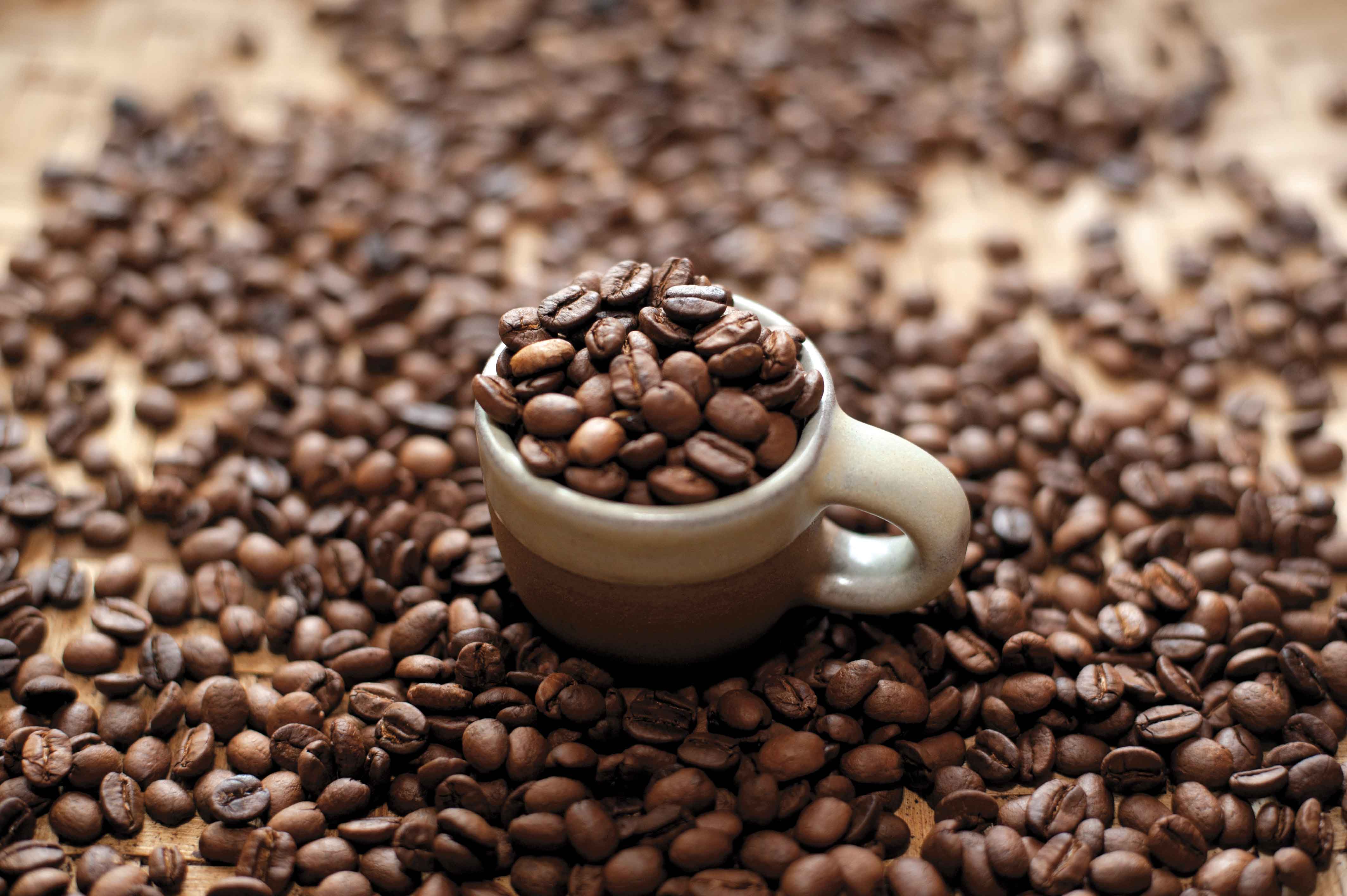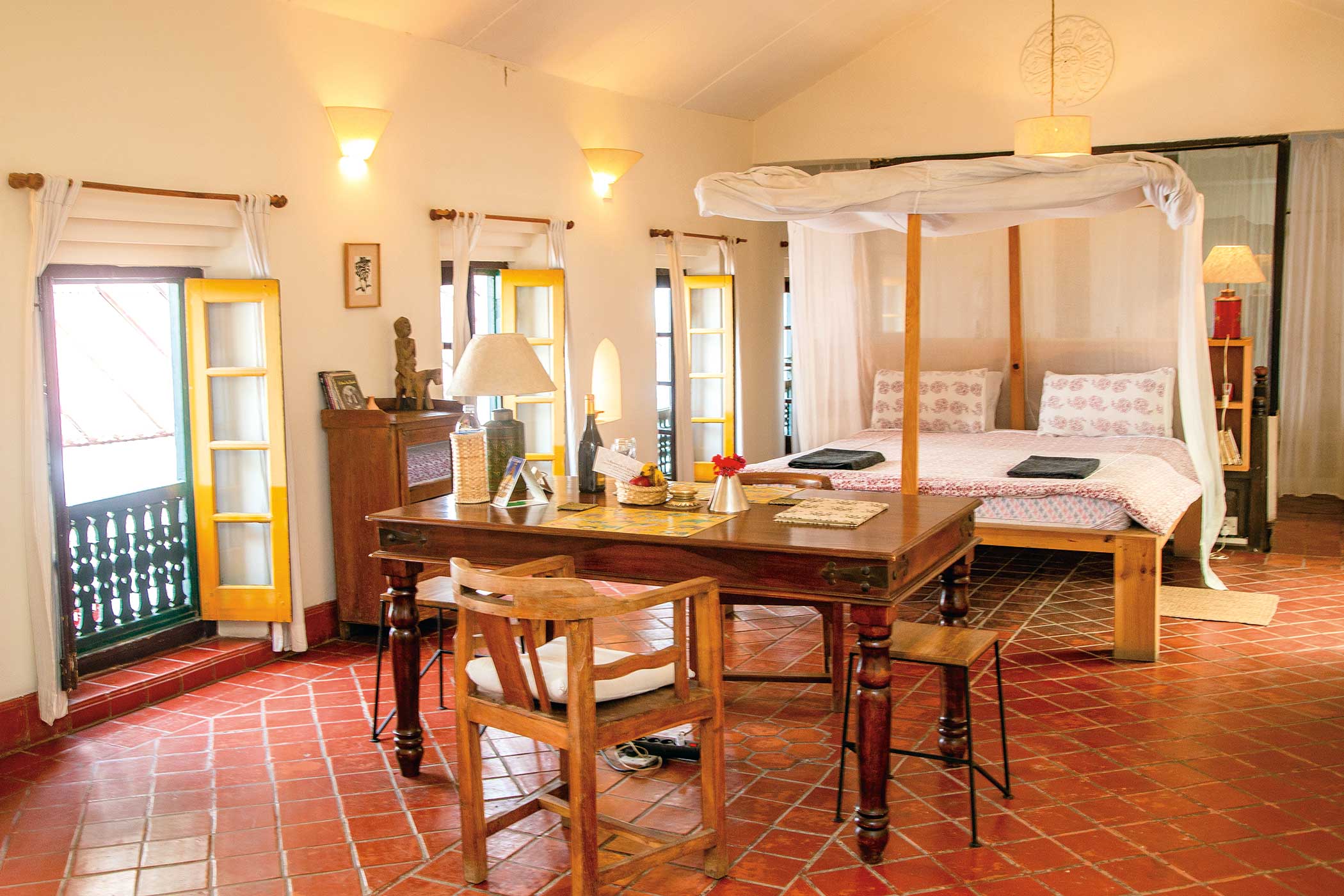Apart from the deep blue skies and bright sunny days, there are a number of other sweet things happening during the months that follow the end of monsoon. Bada-Dashain and Tihar are major highlights.
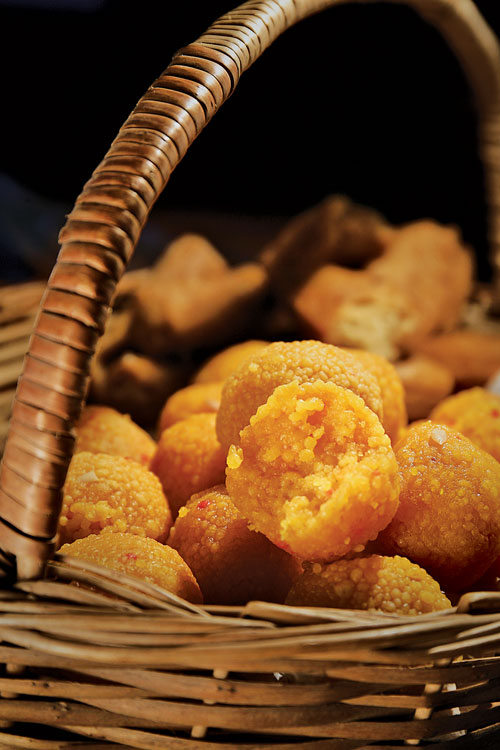 Since my childhood I have associated the long list of festivals with the food that is prepared on that day. I have always found it more appealing to follow kitchen rituals over the ones done in puja kotha. Janai purnima is for Quati, an assortment of over nine types of beans pressure cooked to taste like salty heaven. Mid-Asaar is the good old beaten rice and curd. Maghe Sankranti is teel ko laddu and chaaku. Buddha purnima and Sawan- sankranti are for a nice bowl of rice pudding.
Since my childhood I have associated the long list of festivals with the food that is prepared on that day. I have always found it more appealing to follow kitchen rituals over the ones done in puja kotha. Janai purnima is for Quati, an assortment of over nine types of beans pressure cooked to taste like salty heaven. Mid-Asaar is the good old beaten rice and curd. Maghe Sankranti is teel ko laddu and chaaku. Buddha purnima and Sawan- sankranti are for a nice bowl of rice pudding.
Dashain for a lot of Nepali means above the average consumption of mutton. Despite being a non-vegetarian, Dashain has never been a meat fest for me. My family practices what I call organized vegetarianism.
If we think about it, almost all Nepali festivals have a specialty dish that comes attached. For me the personal truth is, the yearly cycle of sweet delicacies comes with accompanying festivals. A necessary condition for any day to be classified as a celebration would be a spike in blood sugar level. Even the highlight of the Nepali festival Teej, a day where women try to imitate a part of Parvati’s tapasya, is ironically the darr. Darr is an exhaustive eating ordeal that goes on for days preceding the fast-day. Hindu women observe an extravagant eating ceremony that might go deep into the dark hours on the immediate day before the fast, and men might join in, but only for the food not the subsequent fast. One might be forced to consider if the teej-day fasting has evolved into a cleansing ritual after all the eating that led up to that day. It would be an accurate assessment to say food is to festival what a chain is to a bicycle.
Nepali festivals are a sugar parade. All we are looking for is an excuse to consume more sugar. During Dashain and Tihar we see a variety of sweets. Sweet influence from across the continent can be found served upon a Nepali kitchen table, sometimes as offering to the many gods worshiped during the days. Sweets are a part of the main course and not only reserved for dessert. Sel roti and Haluwa are two examples.
Every year before the eighth day of Dashain, Mother ritualistically sits down to prepare sel-roti. She does not tire from explaining how it’s a challenge to strike the right balance between sugar and rice flour in the sel roti mix. She says- “In the end, everyone wants sweet sel rotis. And, you want to put as much sugar as possible into the mix, but with more sugar it might be difficult to achieve the chewy texture as sugar, upon frying, will contribute towards the stiffness of the roti.” I must say mother takes sel roti rather seriously. To add to that, drawing a circle in boiling oil with a viscous ink of flour and sugar is not child’s play. My hands have not inherited the rhythm my mom’s hands have. I have always failed at the basic task of connecting the ends.
My grandmother, who lives in Terai, prefers making Patre over Sel rotis. Patre literally translates to ‘layered’. Made of all-purpose flour, patre is a long strip of flattened dough that is folded multiple times before it is deep fried. Later, it is smeared with thick sugar syrup, chasni. Patre is a popular among diabetic people as well. Chasni smearing can be skipped. Of course, it won’t taste the same. But it’s a dry simile.
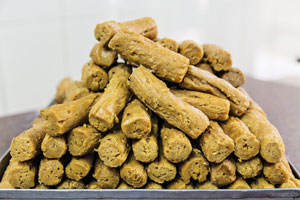 The foodie in me prefers Tihar over Dashain, Tihar is more sugar centric. Most communities in the country have come up with one or more substrate to lick the sugar from. During Tihar, the wonderful Newari Lakhamari, though not prepared at my home, will most certainly be selected for the assortment offered to me during Bhai Tika. I must admit it’s something I have always looked forward to during Bhai Tika.
The foodie in me prefers Tihar over Dashain, Tihar is more sugar centric. Most communities in the country have come up with one or more substrate to lick the sugar from. During Tihar, the wonderful Newari Lakhamari, though not prepared at my home, will most certainly be selected for the assortment offered to me during Bhai Tika. I must admit it’s something I have always looked forward to during Bhai Tika.
After Bhai Tika, when the tika rituals are done with, dry fruits will find small plastic boxes, and these boxes will find corners to hide in cupboards and under beds. Then commences an unofficial game of treasure hunt. My sister and I are in a constant pursuit of finding where the other one has stored, read hidden, their masala. The most prized treasure during the treasure hunt is the Anarsha. Not to be confused with Arsha. Anarsha, the disc shaped mithai, is as rare to spot as a flying saucer is.
Any story about Mithais would not be complete without talking about Rasbari. At home, Rasbari is a staple offering for mata Laxmi during Laxmi Puja. I am a huge Rasbari fan. Rasbari has travelled a long distance to be an indispensable part of Nepali sweet diet. The dedicated Bengali claim over Rasbari resembles the Nepali claim over Buddha. Legend has it that Rasbari was originally prepared by temple chefs as a special prasad for Mahalaxmi in Jagannathpuri Mandir, this was over seven hundred years ago. Milk was turned to chena, then to spongy dumplings drowned in chasni. It was probably an attempt at reducing milk wastage in times of good milk production. However, the temple is situated in Orissa, not West Bengal. I wonder if Oriyans sport t-shirts that say ‘Rasbari was born in Orissa’.
From the southern plain, where my mother’s family lives, we annually receive a jar of a Koseli called the Baadshahi. I have never seen Baadshahi being sold outside Rautahat district. Baadshahi looks a little like Rasbari but is not entirely made of cheena. I guess it is rather made of khuwa mixed with some rice flour. This sugar saturated dumpling, much harder than both rasbari or gulab jamun, sounds very Mughal. I am unsure about its origins. But it is firm at hands and coarse at tongue. Since it’s rare, we cherish it over it’s commercially successful cousins.
Apart from spherical sugar bombs, the consumer culture has had influences of its own. The Marwadi community in Kathmandu have brought along and introduced a range of sweet Rajasthani offerings to Nepali festivals through the major mithai pasals they operate. Kaju Barfi and Motichur Laddus are my major favorites. Recently, I had a chance encounter with chocolate Rasbari in one of these outlets. I have mixed opinions about chocolate rasbari. Proper chocolate bars too have become unavoidable gift items. On TV Amitabh Bachchan convincingly displays an assortment of candies packaged in cuboid paper boxes, painted with firework graphics. We have dutifully obeyed and made it a flashy side kick to the Dakshina we present to our sisters upon receiving their blessing.
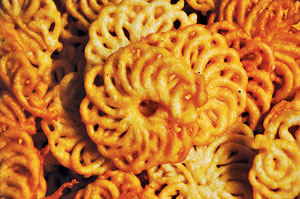 In the coming years, sweet celebration stories will take it’s natural course of evolution. Sel rotis can now be purchased at grocery stores. I will not be surprised if I spot Patre wrapped in plastic and labeled with an expiration date. Today, chocolate bars are found floating among Anarshas and Barfis. Someday, chocolate bars will make their way into puja kothas, and will be distributed as prasad. Perhaps, Krishna janma-astami, is a suitable occasion for making a debut, the sweet and the lord allied by virtue of their dark appearance. Whatever the story is, behind a festival, sweets make sure the celebrations aren’t just on the outside and that they resonate deep into our blood vessels.
In the coming years, sweet celebration stories will take it’s natural course of evolution. Sel rotis can now be purchased at grocery stores. I will not be surprised if I spot Patre wrapped in plastic and labeled with an expiration date. Today, chocolate bars are found floating among Anarshas and Barfis. Someday, chocolate bars will make their way into puja kothas, and will be distributed as prasad. Perhaps, Krishna janma-astami, is a suitable occasion for making a debut, the sweet and the lord allied by virtue of their dark appearance. Whatever the story is, behind a festival, sweets make sure the celebrations aren’t just on the outside and that they resonate deep into our blood vessels.






